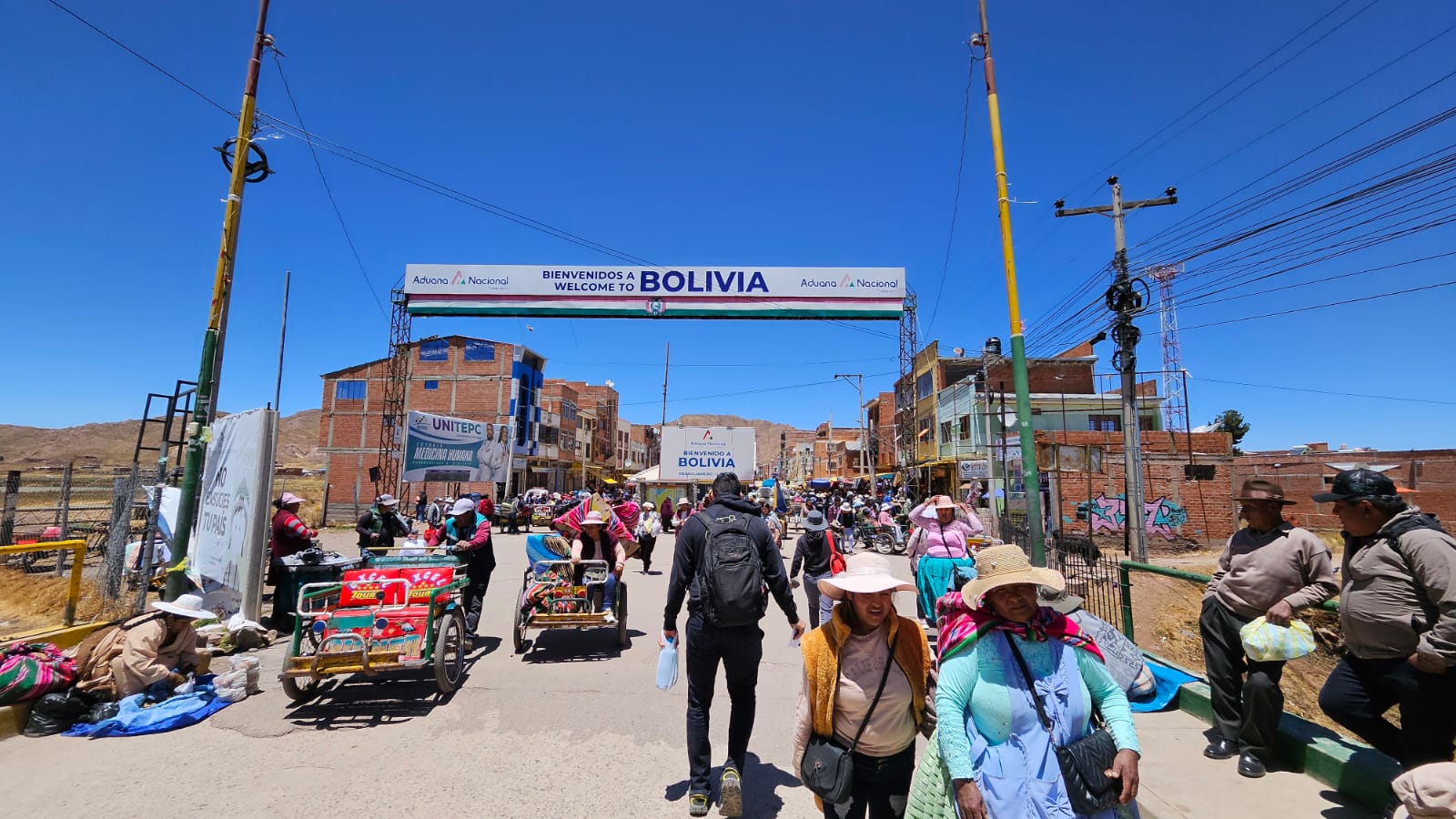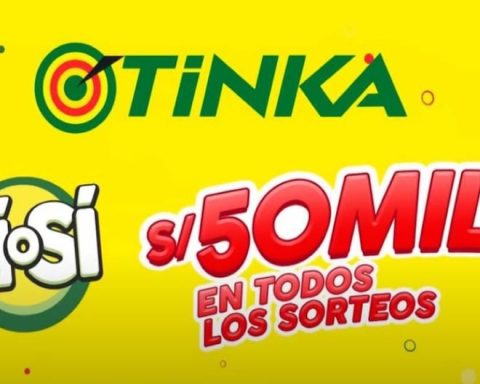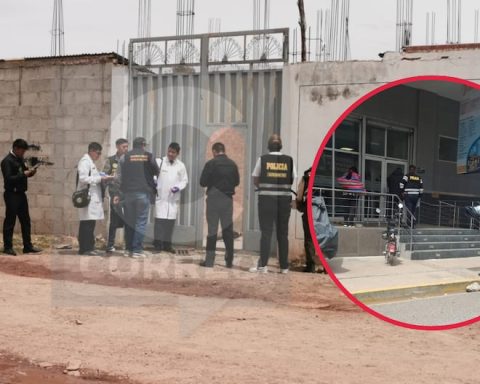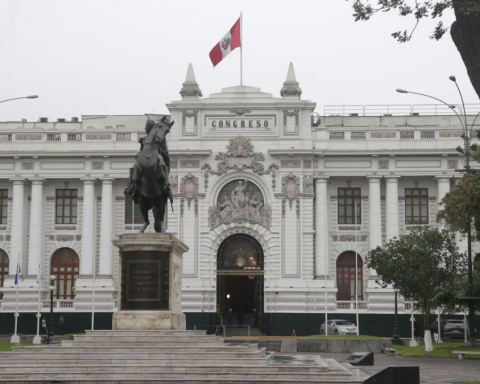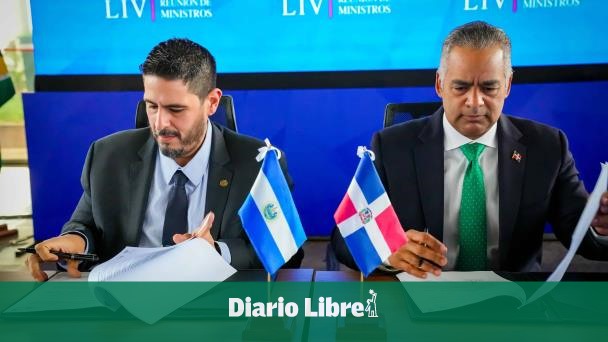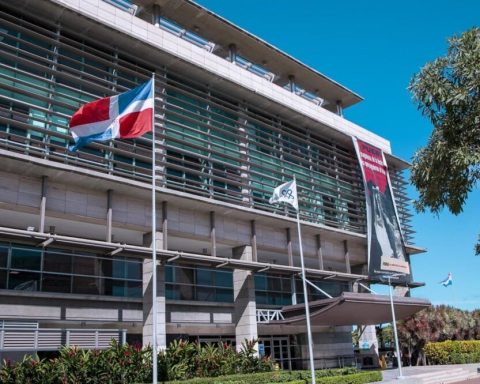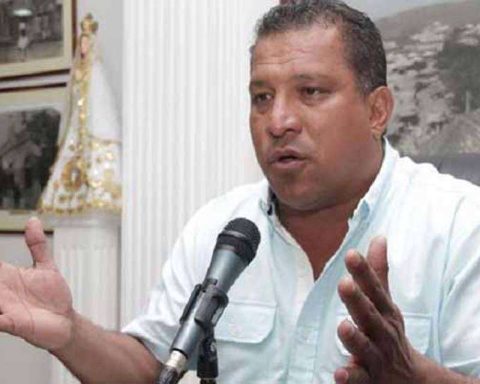The southern border between Peru and Bolivia It has become a vulnerable point where the passage of smuggled goods on a large scale passes uncontrolled. Vehicles full of cigarettes, used clothing, fuel, among other products from the highland country circulate daily and in broad daylight, evading the authorities.
The district of Tilali, north of Lake Titicaca, is reaching alarming levels of illegal activity, since new smuggling routes used by organized crime mafias have been laid out there in an area that should be under the control of authorities such as customs and police.
A team from the Cuarto Poder journalistic program infiltrated the smuggling routes in Puno, verifying that the routes to evade official controls are well known and used. “The country’s borders are liberated territories. The Peruvian border with Bolivia has been completely lost control and this is used precisely for illegal economies,” said Rubén Vargas, former Minister of the Interior.
Smuggling has intensified, becoming a sophisticated criminal practice. The “snakes”, convoys of vehicles guarded by armed criminals that guarantee the arrival of the shipment without being intercepted, were a previous method of transporting illegal merchandise. However, today smuggled Bolivian fuel is stored in drums that remain visible to everyone, even, as evidenced in the report, at the door of the Peace Court, without fear of any type of intervention.
Claudia Linares, president of the Commission to Fight Illicit Trade of the National Society of Industries (SNI) highlighted the seriousness of the problem. “The ‘Culebra’ modality doesn’t even exist anymore. And at this point, the organizations that are behind smuggling have managed to have levels of sophistication that make them have an impressive distribution chain,” he stated.
Smuggling is a piece of this entire illicit trade scheme that later ends up being dimensioned in this entire scheme of criminal organizations that are behind it and that finance themselves with smuggling, with piracy, with counterfeiting,” he added.
Peru loses more than US$600 million a year
It is estimated that Peru loses 600 million dollars a year due to smuggling alone. The trade in illicit cigarettes and second-hand clothing are flourishing businesses that weaken the Peruvian economy. These products are among the main merchandise seized by the authorities and are used by criminal organizations because they allow them to generate income quickly.
In the case of cigarettes, for example, in Lima, a pack with 20 cigarettes can cost up to 20 soles; while on the Peru-Bolivia border, a blister of 10 packs of this adulterated product costs only 50 soles. The profit from selling these products is significant for criminal organizations.
According to a recent study by the SNI’s Commission to Fight Illicit Trade, in Peru, 7 out of every 10 cigarettes are smuggled, coming from Paraguay and following a route through Bolivia to enter through Puno. On the other hand, used clothing mostly comes from the US and China, enters through Iquique, passes through Bolivia and enters our country through Puno.
Mobilize a network of corruption
Smuggling in Peru is no longer a simple customs crime; It is a serious threat to national security that funds transnational criminal networks and undermines the country’s economy.
Its connection with drug trafficking, human trafficking and illegal mining is increasingly evident. The facts discovered demonstrate that smuggling, by mobilizing a network of corruption and support contacts, contaminates society and creates a system of reciprocity to reproduce what is illegal.
According to estimates by the Comptroller’s Office, Peru lost more than S/ 24,000 million due to corruption in 2022. This corruption is related to mafias that control territories, routes and people, and that grow with the weakening of state institutions and political instability.
Now available in Yape! Find us at YAPE Promos
